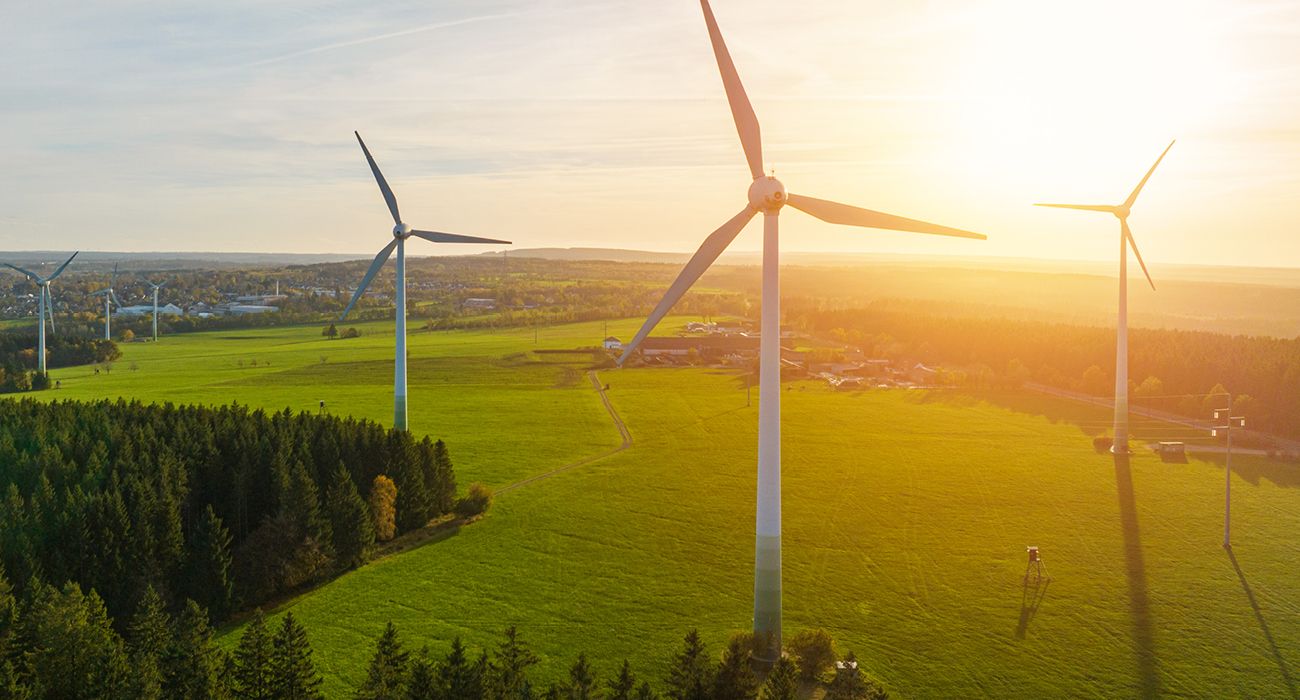The wholesale price of power may have settled back to three-year lows, but the cost of electricity still seems expensive. Why is this?
This is such a common question. And to explain it, we need to look more closely at the non-commodity elements added to the overall price of power.
In our new guide, 'Rising electricity costs: Understanding the non-commodity drivers', I look at the history of the UK’s electricity grid and generation profile – and track the changes that have triggered a cascade of increasing costs since the early 2000s. You can request access to our guide below.
Key to this is decarbonisation.
Subsidies to support new generation
Plotting a path away from fossil fuels to renewable generation requires major changes in the way our electricity system operates – and what it costs.
Subsidies have been created to support a huge growth in wind power, as well as solar and biomass, which today generate around 40% of the UK’s electricity.
This is clearly good news for creating a more sustainable power model that leaves us less reliant on imported fossil fuels.
You only have to recall what happened to the price of gas (and power) after Russia invaded Ukraine to understand why becoming more independent is so important.
Expanding energy infrastructure
However, due to their more diverse and often far-flung locations – including out to sea – connecting all these new renewable sites to our central electricity grid requires masses more transmission and distribution infrastructure to be built. And, of course, this costs money.
Renewable generation is also less predicable than fossil fuel. So this makes the job of balancing the grid – to ensure we can always match supply with demand – more complex and expensive.
And as we transition to more low-carbon power, ensuring security of supply is important too.
This leads to yet further cost to ensure – should the wind drop and the sun stop shining – we have generation on standby to pick up the slack during peak winter periods.
Costs rise by a third in three years
The bottom line is that the non-commodity elements added to electricity invoices have risen from around £100 per MWh in Q1 2023, to £112 in Q1 2024 – and are set to jump to around £132 by Q4 2025.
The good news is that they will eventually reduce, once we have sufficient low-carbon generation and the supporting infrastructure we need in place. But that is some way off.
You can find out more in our report, by requesting it below.
If you are concerned about the impact of non-commodity charges on your energy bills, try our Energy Cost Calculator today to visualise that impact and take control today.
/npm214%20Digital_H_UB101.jpg)

/npm214%20Digital_H_UB116.jpg)
/npm214%20Digital_H_UB141.jpg)
/npm214%20Digital_H_UB110.jpg)
/npm214%20Digital_H_UB43.jpg)
/npm214%20Digital_H_UB100.jpg)


/npm214%20Digital_H_UB139.jpg)
/Author%20Profile%20Evans_Stephen_G.png)
